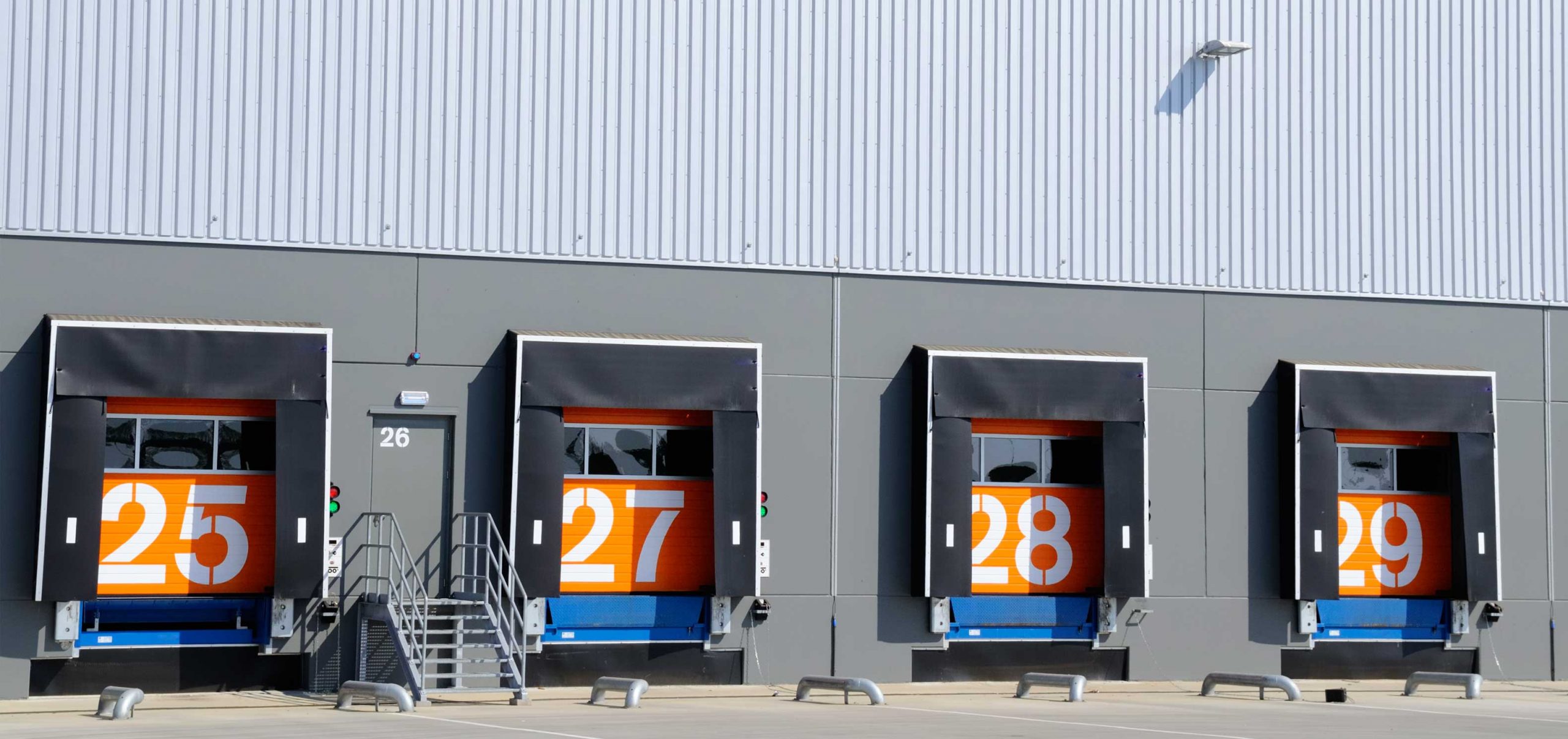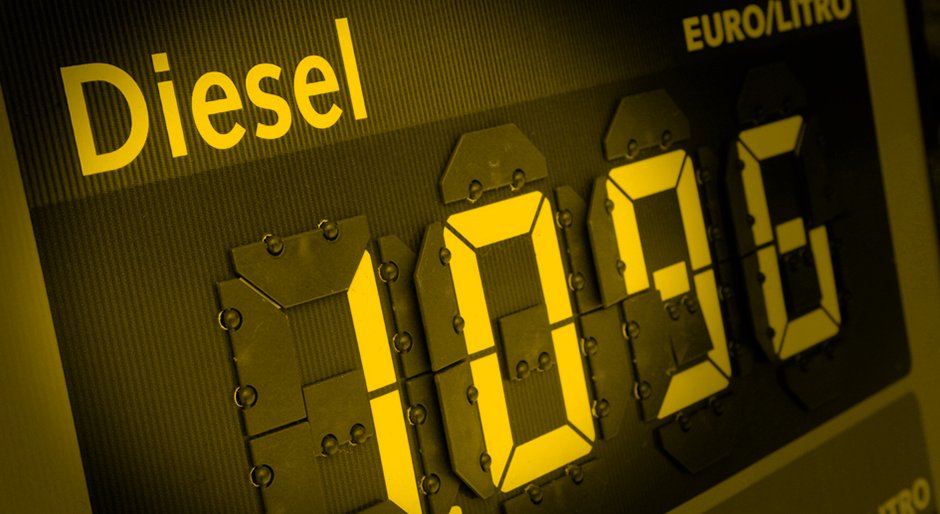
<!--[CDATA[
Waiting times and unclear responsibilities: Germany’s loading ramps do not always run smoothly. This is currently reported by the Federal Office for Freight Traffic. The processes on Germany’s loading ramps aren’t entirely trouble-free: Delays, ambiguous responsibilities, and a lack of information flow are the most important keywords here. This is confirmed by a new report from the Federal Office for Freight Traffic (BAG), for which 778 drivers and 87 terminal operators were interviewed. Their assessments were quite different. Thus, almost half of the surveyed drivers said that the waiting times at the loading ramps were extended in recent years, with only 15.4 percent seeing a reduction. In contrast, 43 percent of the surveyed terminal operators report shorter waiting times. Mathias Plötner, International Freight Traffic Manager, DHL Freight, views the problem as being at the unloading ramp in particular. “Especially with large receivers such as central warehouses, time windows must be booked through various platforms, which has multiplied the administrative effort in the past few years.” It would always come back to downtime, which in turn leads to delays in the next slot.
Information is missing
The overwhelming majority of respondents demanded an increasing degree of utilization of notification and truck retrieval systems in order to improve information management. Around 60 percent of both drivers and terminal operators reported that information about the estimated time of arrival of vehicles was rarely or never available. Only a minority of them reported receiving binding information about the waiting time at the ramp, 71.2 percent of the drivers said. Nearly two thirds of the terminal operators confirmed this. “The time that is now required for unloading is in part incomprehensible from our point of view,” says Mathias Plötner. Improvement measures have only limited feasibility, since the DHL contracting parties are mostly senders and not recipients. “Nevertheless, we always try proactively to get in touch with the local contact person in order to work out possible solutions. This succeeds sometimes more and sometimes less.”
Who unloads and who decides?
There is a lot of confusion at the ramp about who has to unload the cargo. Both drivers and terminal operators put their hands on it, although in their opinion, according to the contract, they were not responsible. For example, two-thirds of drivers and one-third of terminal operators state that they do not always know whether their assistance in unloading is contractually regulated or not. More than 90 percent of all surveyed drivers reported that they had to unload their vehicle more or less often themselves. 40.2 percent of the terminal operators respond that drivers at their ramps would never have to unload themselves. The operator usually determines in the event of unclear responsibilities. In a quarter of cases this is decided by the drivers’ employers and in around 15 percent of cases by the drivers themselves. Language barriers between terminal operators and drivers can have a particularly negative impact on the workflow, according to the report.
Personal interactions
After all: The human relations are rated quite well. Almost 80 percent of the terminal operators and around 60 percent of the drivers described cooperation on the ramp as positive.



